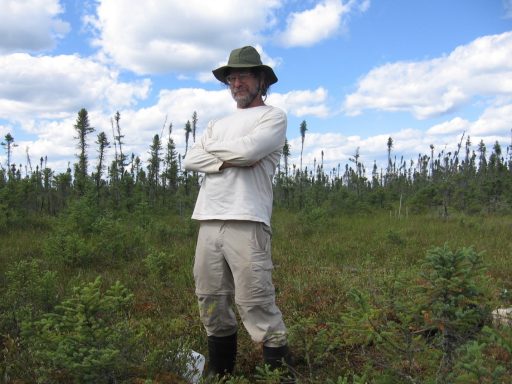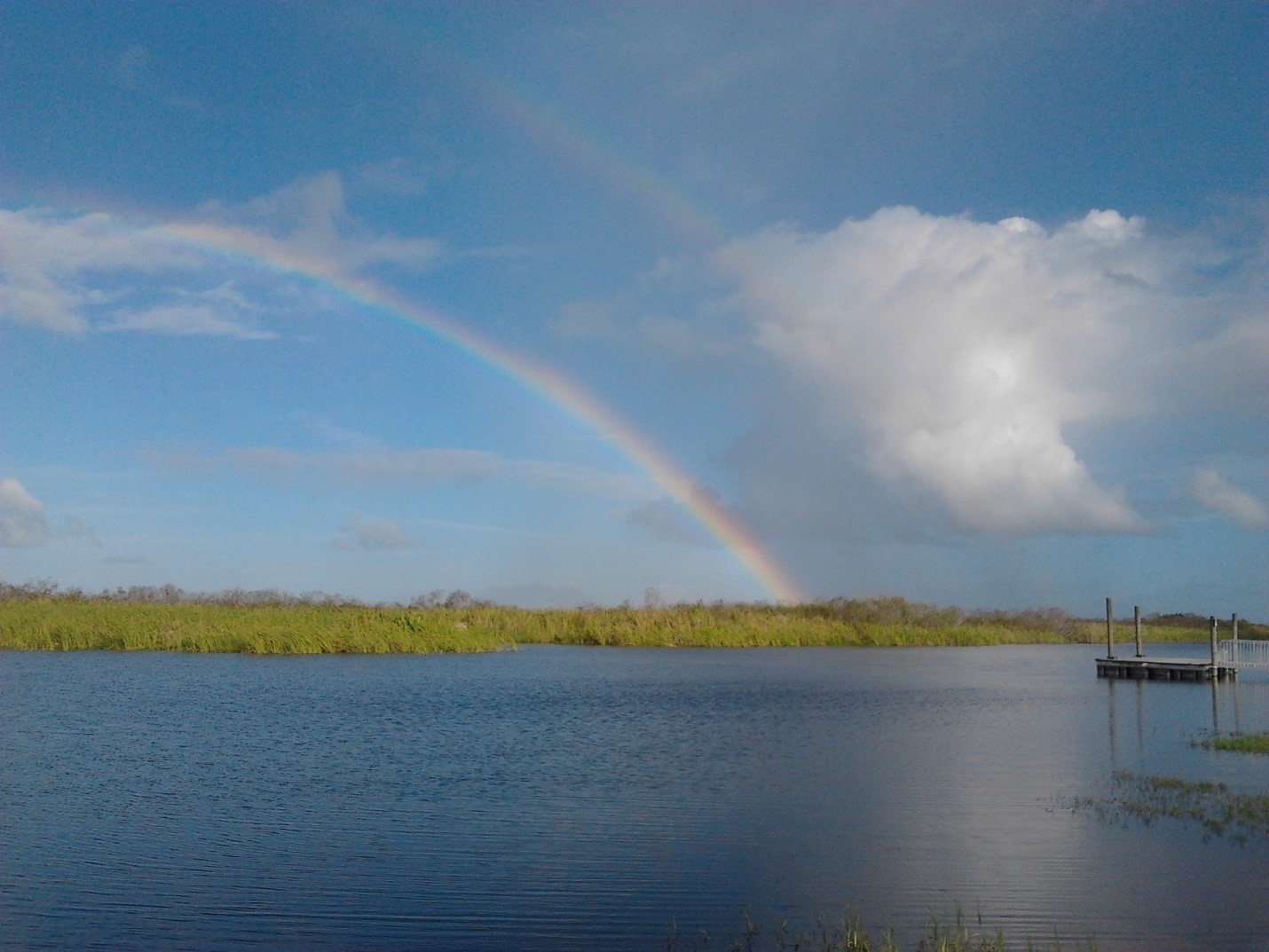A key to climate stabilization could be buried deep in the mud, FSU researchers suggest

But a new study led by Florida State University offers some hope that Earth’s carbon reservoirs might not be quite as vulnerable as experts predict. In a global survey of peatlands — areas defined by soil-like, partially decomposed organic matter — researchers found signs that these carbon-rich environments could show some level of long-term resilience even as temperatures continue to climb.
“There’s a lot of concern about losing these carbon reservoirs, but what this study suggests is that they are more stable than we initially thought,” said Jeff Chanton, the Robert O. Lawton Distinguished Professor of Oceanography. “This mutes the carbon bomb hypothesis. It’s good news.”

The findings were published in the journal Nature Communications.
Peat forms most frequently in the North, where cooler climes prevent organic matter from fully decomposing. But peatlands can also be found in the tropics, where warm weather facilitates rapid decomposition.
This puzzled a team of researchers from FSU’s Departments of Chemistry and Biochemistry and Earth, Ocean and Atmospheric Science. If tropical peatlands can successfully withstand equatorial temperatures, they asked, might northern peatlands also have the capacity to stabilize in warmer conditions?
To investigate, the team collected peat samples from a globally representative selection of far-flung sites — subarctic Swedish mires, temperate North Carolina bogs and tropical Bornean peat swamps to name a few. They then used advanced spectroscopy tools to investigate the unique chemical profiles of their samples.
The team quickly identified significant chemical differences between peat sourced from higher and lower latitudes.

the northern Everglade study site, one of a number of sites
from around the world sampled for the study.
Credit: Hodgkins
“Peat from warm climates had lower concentrations of carbohydrates and higher concentrations of aromatics compared to peat from colder climates,” said former FSU postdoctoral researcher Suzanne Hodgkins, who led the study.
Cold-climate peat, with its higher carbohydrate concentration, is considered by scientists to be more labile, or more easily degradable. As temperatures increase, the carbohydrates in the peat decompose and carbon dioxide is emitted.
Warm-climate peat sampled from lower latitudes, on the other hand, was found to be largely depleted of carbohydrates. Instead, these samples contained high levels of aromatics — stable chemical compounds left behind by decomposed plant matter.
As temperatures rise at higher latitudes, northern peatlands will burn off their surface store of carbohydrates, releasing carbon dioxide into the atmosphere. The key to what happens next lies in the chemistry of the peat buried deep below the Earth, said Hodgkins, now a postdoctoral researcher at Ohio State University.
“The long-term stability of northern peat in the face of warming depends on whether it can develop a chemistry similar to tropical peats,” she said “Initially, northern peat will likely decompose and release carbon into the atmosphere, but eventually this decomposition will reduce the abundance of carbohydrates relative to aromatics. This change in chemistry could stabilize the remaining peat against further decomposition.”
If, after the initial carbohydrate burn, northern peatlands come to more closely resemble their southern counterparts — which have endured in warm weather for millennia — then their aromatic-dominant chemistry could act as a bulwark against further decomposition and carbon dioxide release.
This mitigation is contingent on the rate of carbohydrate decomposition and the ways northern plant ecology adapts to warmer temperatures, but it could play a major role in preventing considerable amounts of carbon dioxide from reaching an already-warming atmosphere.

However, while stable peatlands may help avert worst-case scenarios and temper the dreaded carbon bomb, researchers said these kind of ecological restraints on warming are not enough to reverse global climate trends.
“All of these natural processes pale in comparison to the rate at which human beings are releasing fossil fuel CO2 into the atmosphere,” Chanton said. “We’re releasing CO2 at enormous rates, so this is not going to save us.”
The Duke University Wetland Center played an instrumental role in spearheading this research. The study was funded primarily by the U.S. Department of Energy, with additional funding from the National Science Foundation, the Natural Sciences and Engineering Research Council of Canada, the National Research Foundation Singapore, Geo.X (the Research Network for Geosciences in Berlin and Potsdam, Germany), and the National Aeronautics and Space Administration.

